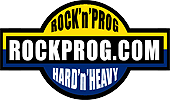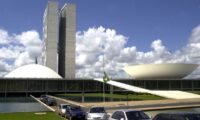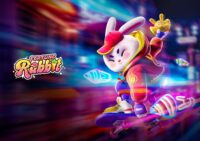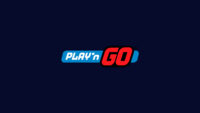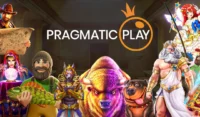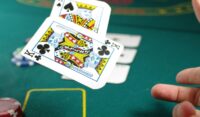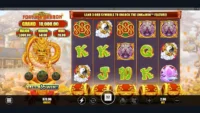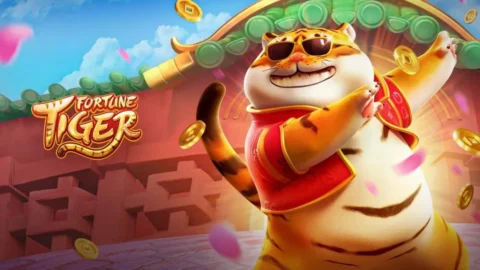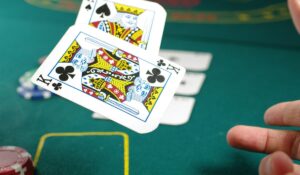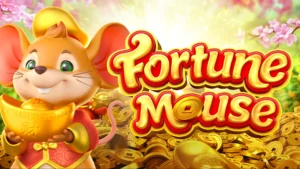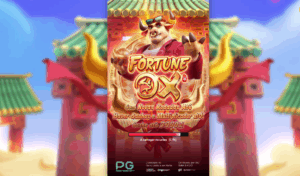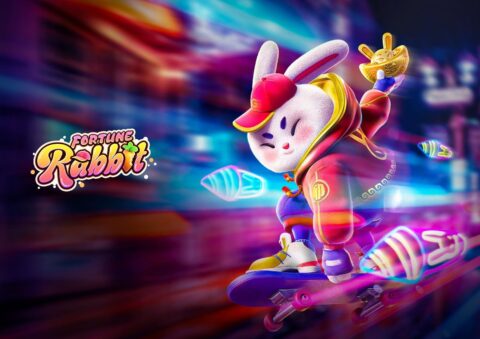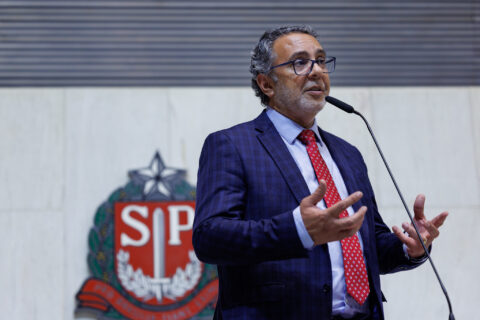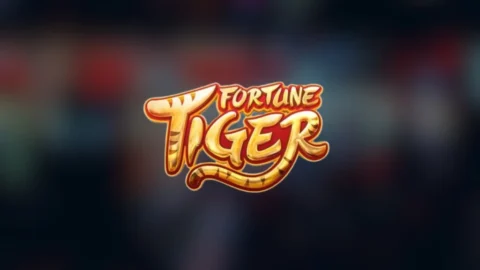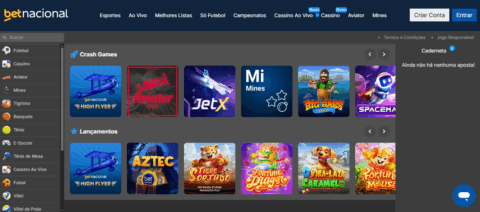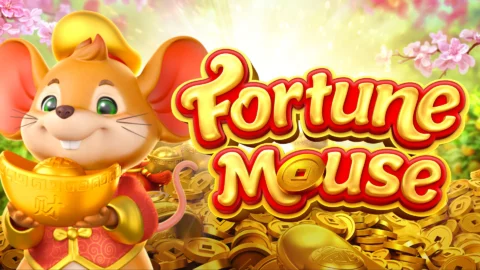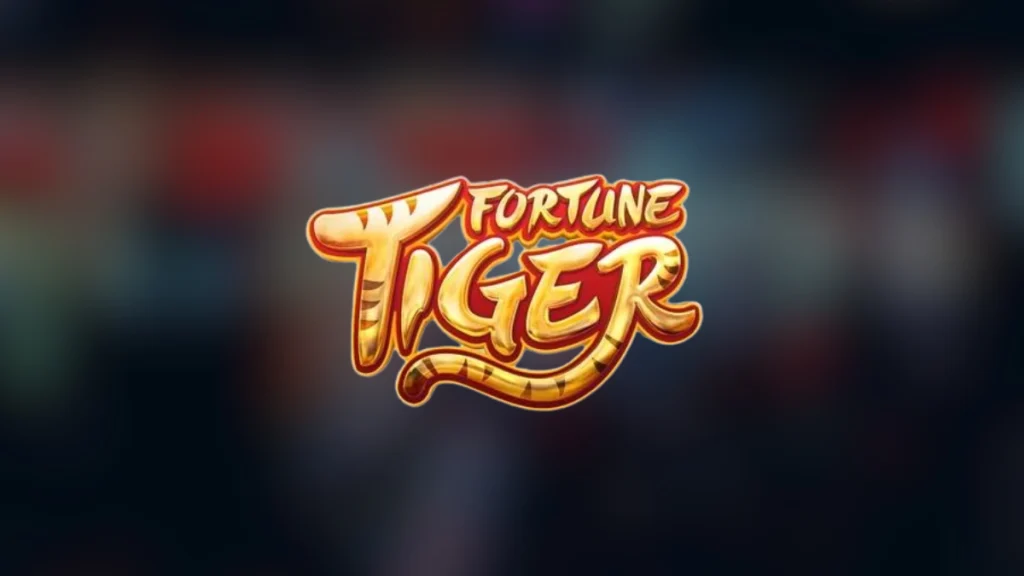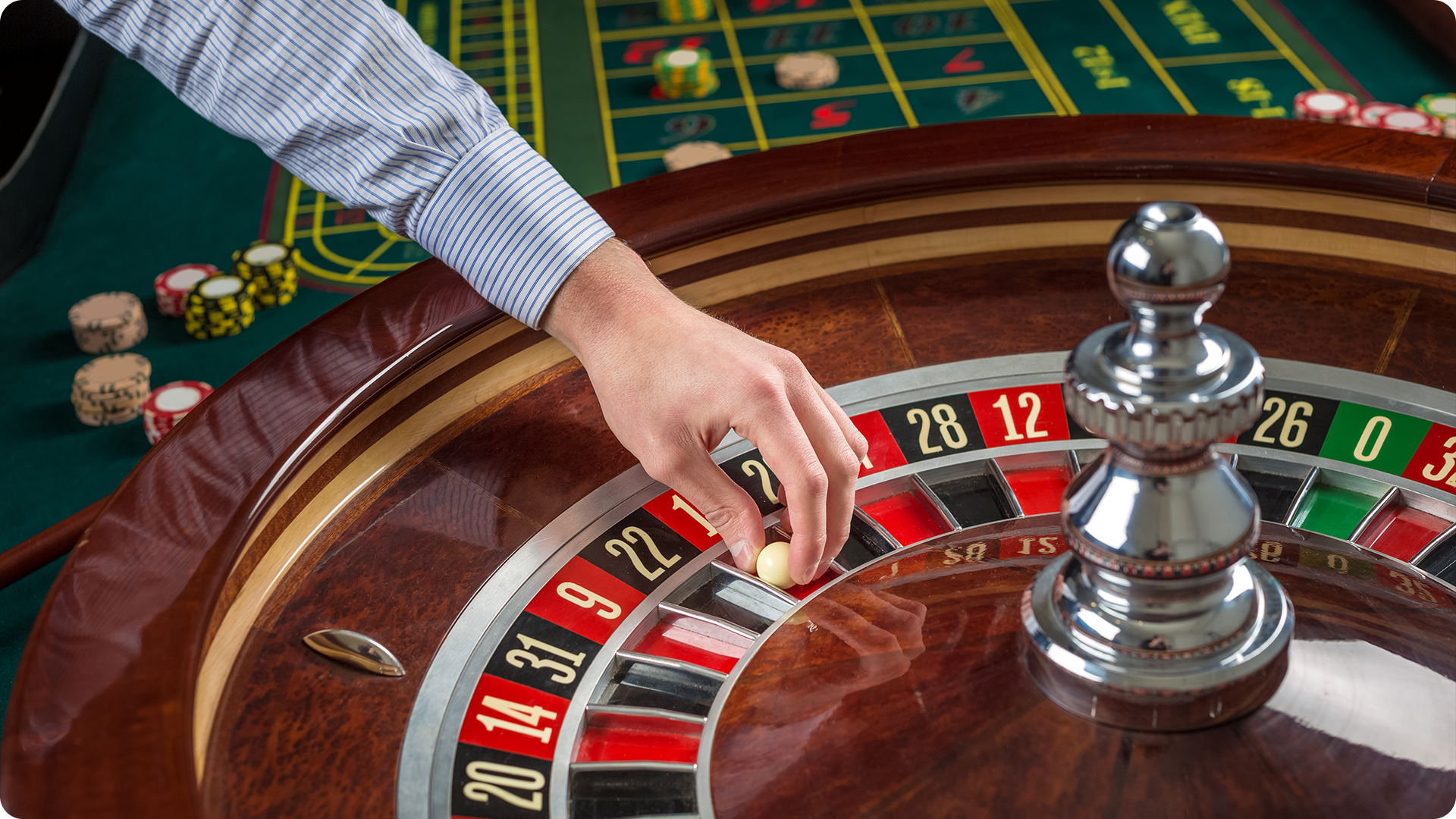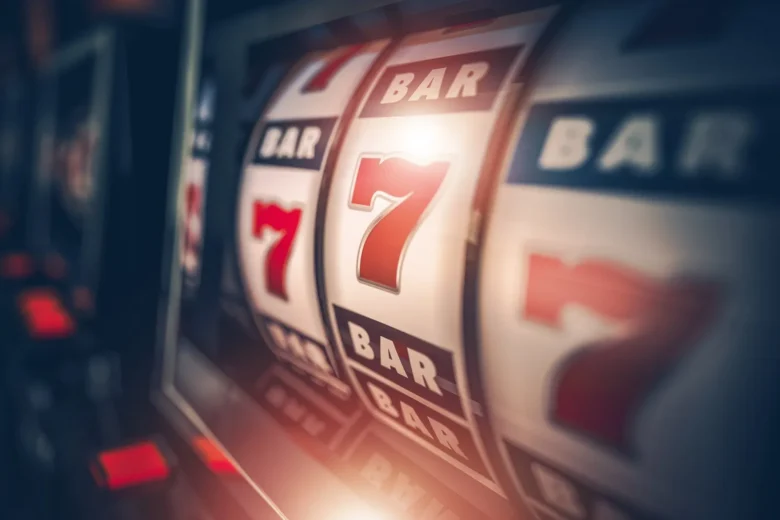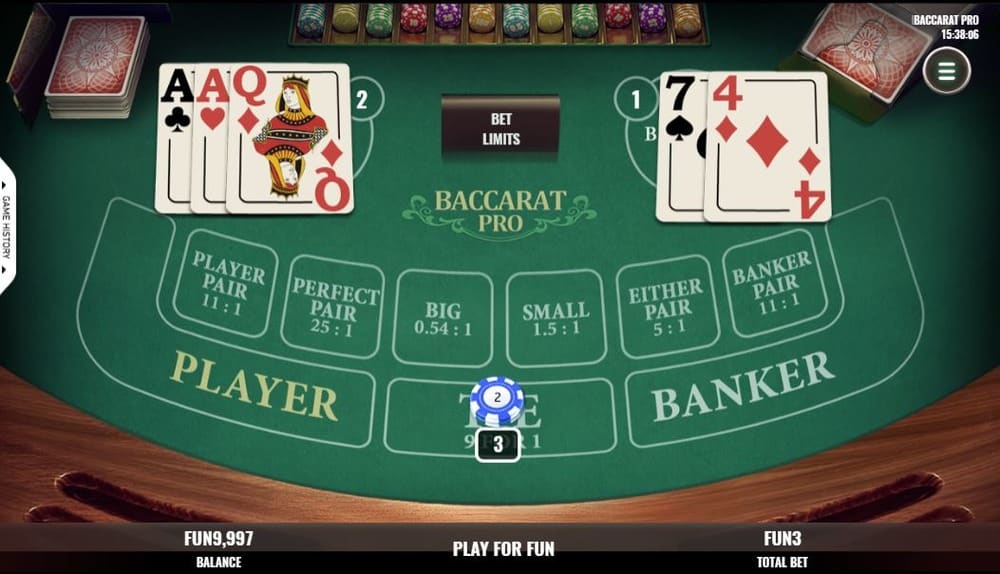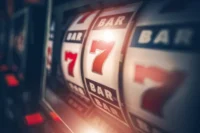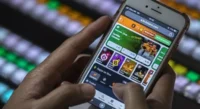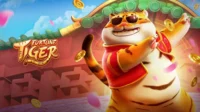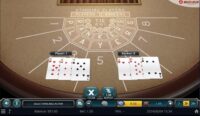Jogos
Hoje você vai aprender como jogar Fortune Mouse, o jogo do ratinho. Esse novo caça-níquel tem feito o maior sucesso nos melhores cassinos online. Com gráficos super detalhados e uma
Como jogar Fortune Ox: guia completo do jogo do touro em 2025 Jogue Fortune Ox e descubra prêmios de até 2.000x a sua aposta! Lançado pela PG Soft em 2021,
Mais recente
Quando surge um jogo como o Fortune Tiger, com um tema fofo e divertido, parece impossível fazer uma crítica negativa… Brincadeira! Este gatinho rechonchudo é a personificação de tudo o
Entenda o que caracteriza os jogos de azar no Brasil, conheça exemplos, saiba como a legislação os classifica e qual a diferença entre jogos de sorte, de habilidade e de
Ter boas estratégias nas apostas esportivas é fundamental para quem busca melhores resultados. Testar e entender as diferentes possibilidades ajuda a aprimorar seu jogo e ter sempre um plano B
A experiência de jogar Fortune Dragon é um ótimo exemplo de como a PG Soft consegue integrar elementos culturais asiáticos de forma envolvente e criativa em seus caça-níqueis. Embora ainda
O Projeto de Lei nº 748/2024, de autoria do Deputado Estadual Rômulo Fernandes (PT), reacende um debate essencial e urgente: os impactos dos jogos de azar sobre a saúde pública.
Como Funciona o Fortune Tiger? O Fortune Tiger tem uma mecânica simples e direta. A grade é 3x3, com cinco linhas de pagamento. O objetivo é conseguir três símbolos iguais
Confira os melhores cassinos online do Brasil em junho de 2025: Critérios para a seleção dos melhores cassinos online Selecionamos esses sites levando em conta vários aspectos: Destaque de 2025:
Hoje você vai aprender como jogar Fortune Mouse, o jogo do ratinho. Esse novo caça-níquel tem feito o maior sucesso nos melhores cassinos online. Com gráficos super detalhados e uma
A roleta é um dos jogos de cassino mais populares do mundo, tanto em estabelecimentos físicos quanto em plataformas online. Neste guia, exploramos as principais estratégias para jogar roleta online
Principais Provedores de Software para Cassinos Online MicrogamingPioneira no segmento, a Microgaming possui um portfólio com mais de mil jogos, incluindo slots de vídeo, slots clássicas, jogos de mesa e
Carregar mais
